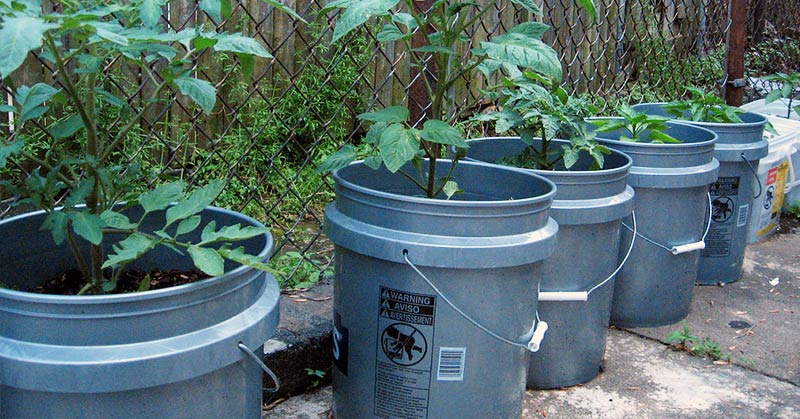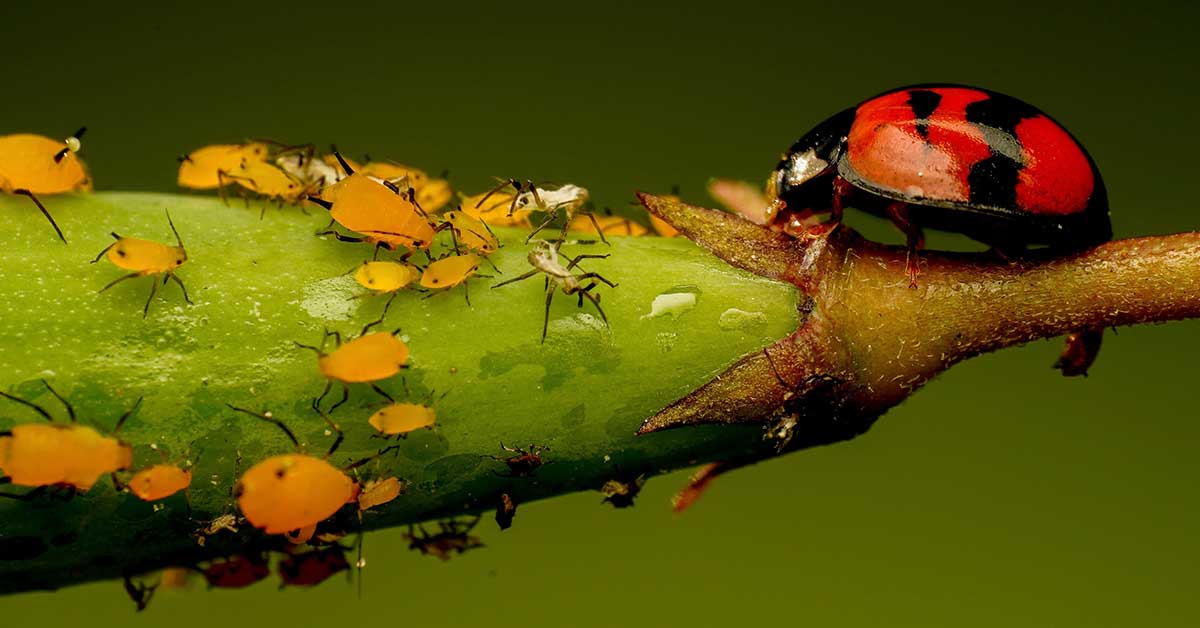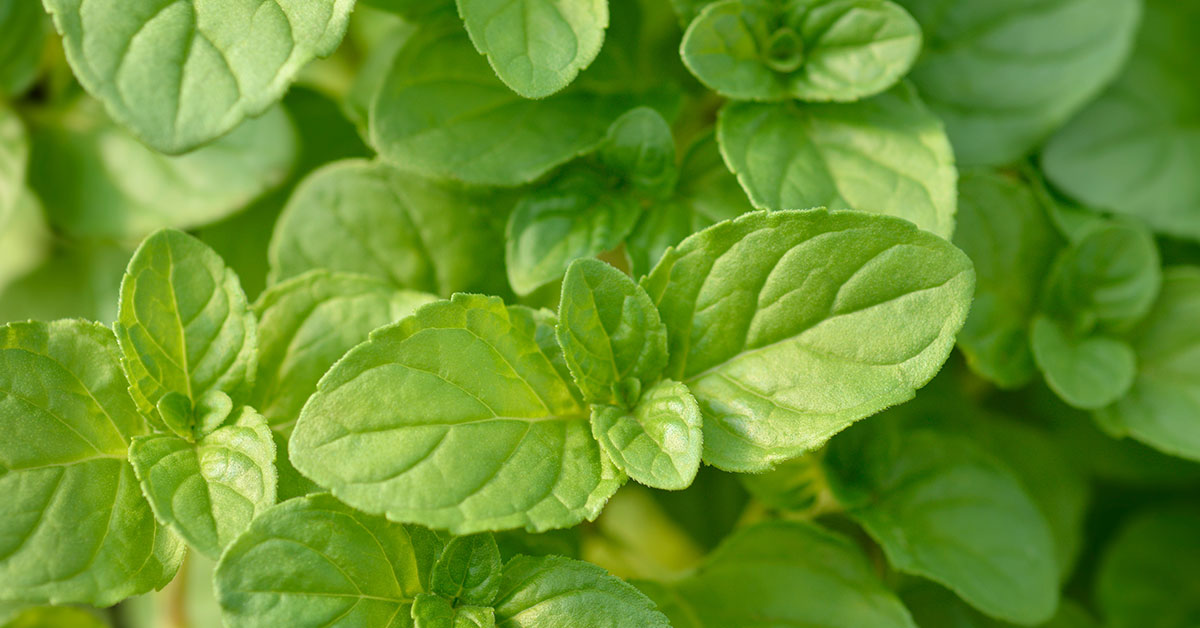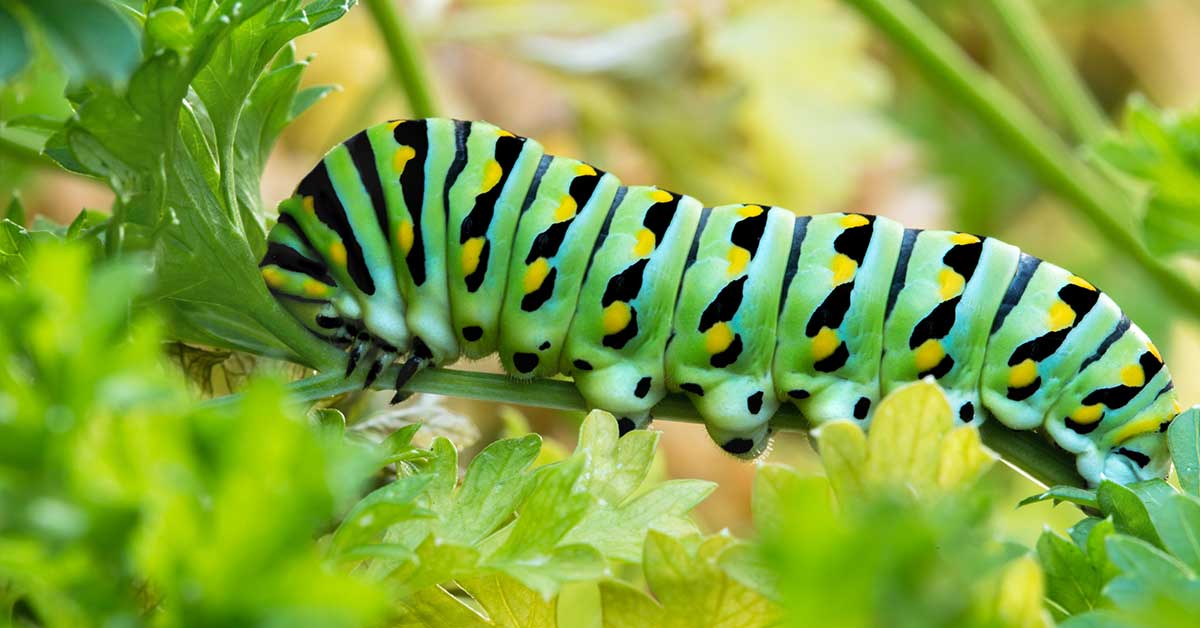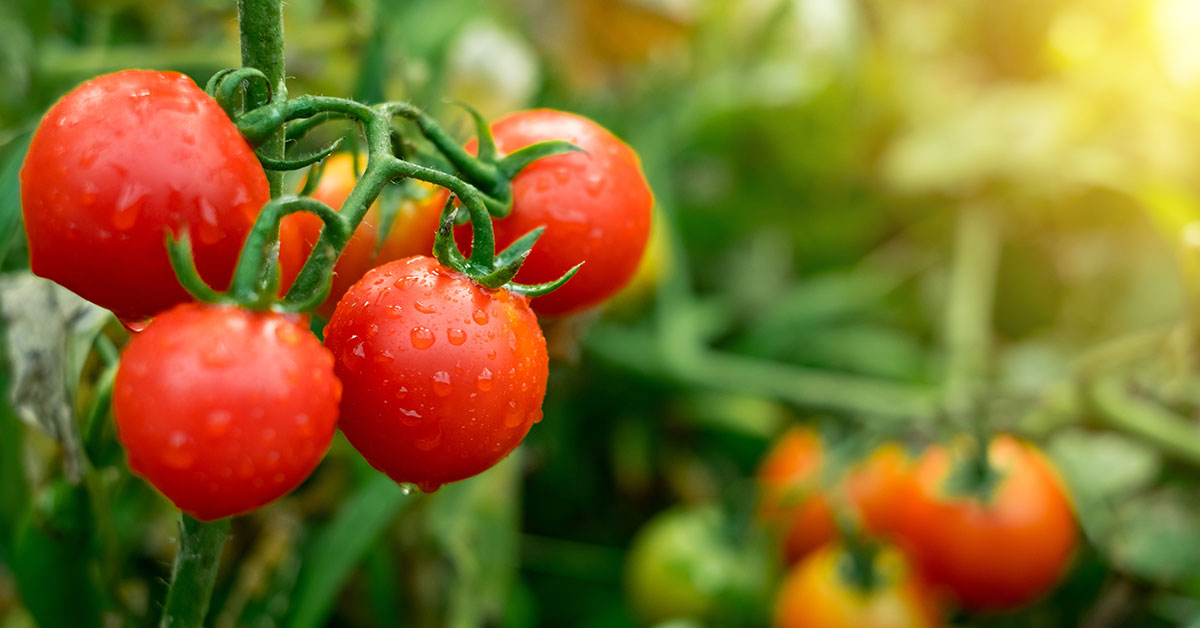Something I really like to get people to take home is the fact that anyone and everyone can garden. There’s no such thing as a brown thumb and there’s no such thing as “not enough space.” It’s true, not everyone has a big, lush, sunny backyard they can till up and plant a massive garden in, but unless you live in a pitch black underground bunker, you can grow food. Bucket gardening is one method for those who have limited space or can’t install a larger garden for whatever reason.
If you find yourself thinking ‘I can’t have a big garden so I can’t have a garden and I’m not a real gardener,’ I’d like you to get out of that head space. You can have a garden. If you have even one vegetable growing, congratulations, you’re a gardener. So let’s dig into why bucket gardening is so great.
Benefits of bucket gardening
To garden, you need five things: nutritious soil, light, water, a little space, and of course: plants! Bucket gardening can bring your gardening dreams to life with very limited space. Your buckets can be moved around to allow your plants access to extra sunlight. Bucket gardening is great for urban gardeners too, since space can often be limited. A bucket garden is also impermanent, so if you’re a renter, you don’t have to worry about uninstalling garden boxes and replanting grass if you move.
Certain plants thrive in containers. Thirsty plants that enjoy warm soil, like tomatoes and eggplants, do well in containers because it’s easy to modulate the temperature and moisture of the soil.
How to get started bucket gardening
Consider the things I listed above: soil, light, water, and plants. That, and a bucket, is all you need to get started. It is advisable that you select a five gallon bucket and drill several holes in the bottom of it to allow for excess water to drain from the bucket. A layer of gravel at the bottom of the bucket will help with drainage.
Once you have your buckets set up, it’s time to look at getting some soil. Different plants enjoy different kinds of soil, so do some research on the vegetables you intend to grow. Some vegetables like certain soil pH, some like certain fertilizers, and so on. The bucket gardening method allows you to cater to each individual plant you intend to grow. A combination of peat moss, vegetable gardening soil, and compost tends to yield good results.
With your buckets ready, soil purchased, fertilizer added, and plants planted, your bucket garden is off to a good start.
Common problems
It doesn’t matter what type of garden you choose to grow, any number of things can go wrong, and bucket gardens are no exception. The most common problem with bucket gardening is lack of proper drainage. Maybe you forgot to add drainage holes, or you didn’t add enough. Take special care to ensure that you have adequate drainage opportunities, and always add in a layer of gravel to help prevent the drainage holes from being plugged up.
Soil depletion is also a pretty common problem with bucket gardening (and really any kind of gardening.) If you use the same soil year after year and don’t amend it, the soil will eventually become depleted of nutrients. Mixing in fresh compost after each growing season will help keep the soil healthy and nutritious for your plants.
Finally, as with any garden, pests can be a huge problem. Just because there’s a bucket between your plant and the ground doesn’t mean that pests can’t get to your plants. Take care to observe your plants for any pest problems, and act quickly in removing unwanted bugs.
What vegetables can I grow in a bucket?
Most vegetables will grow fine in buckets, but it helps to know how many can be planted per bucket. If you tried planting four squash plants in one bucket, they’re not going to thrive. But if you’re only planting one onion per bucket, you’re wasting valuable space! Some of the best vegetables for bucket gardening include:
- Carrots
- Tomatoes
- Lettuce
- Peas
- Radishes
- Spinach
- Cucumber
- Green Beans
- Swiss Chard
- Kale
A good rule of thumb is per bucket, plant 1 tomato or eggplant, 1 squash or melon, 2 peppers, 3 bush beans, or 4 onions, lettuce, beets, carrots, or radishes. You can also grow herbs easily in buckets, with the added benefit of being able to move them indoors to a sunny window during the winter.
If you intend to grow mint, it is strongly recommended that you grow it in a container to avoid unwanted spread. Mint will spread readily and without much warning, taking over valuable garden space.
Keep Reading: 10 Weird Gardening Hacks That Really Work
